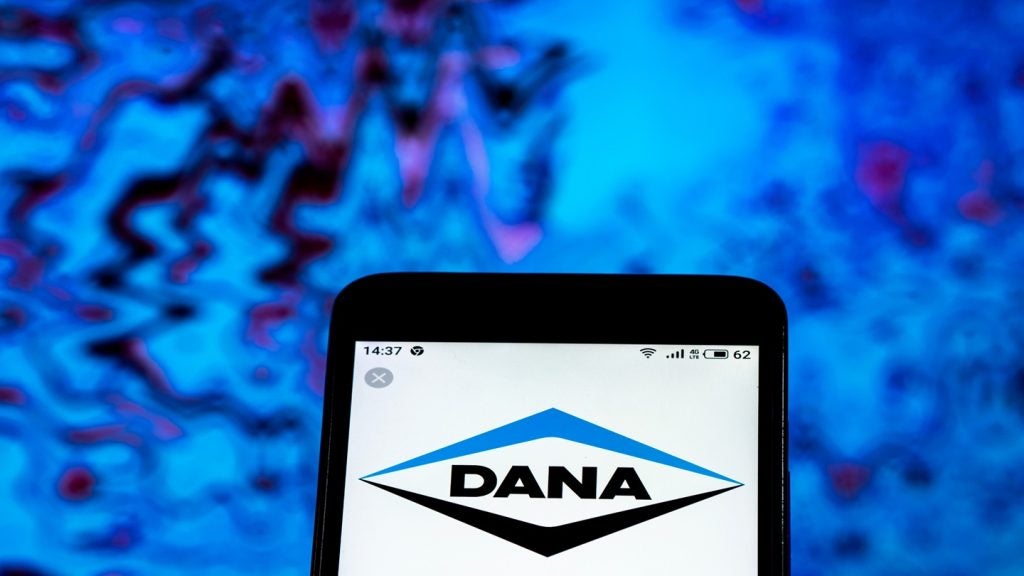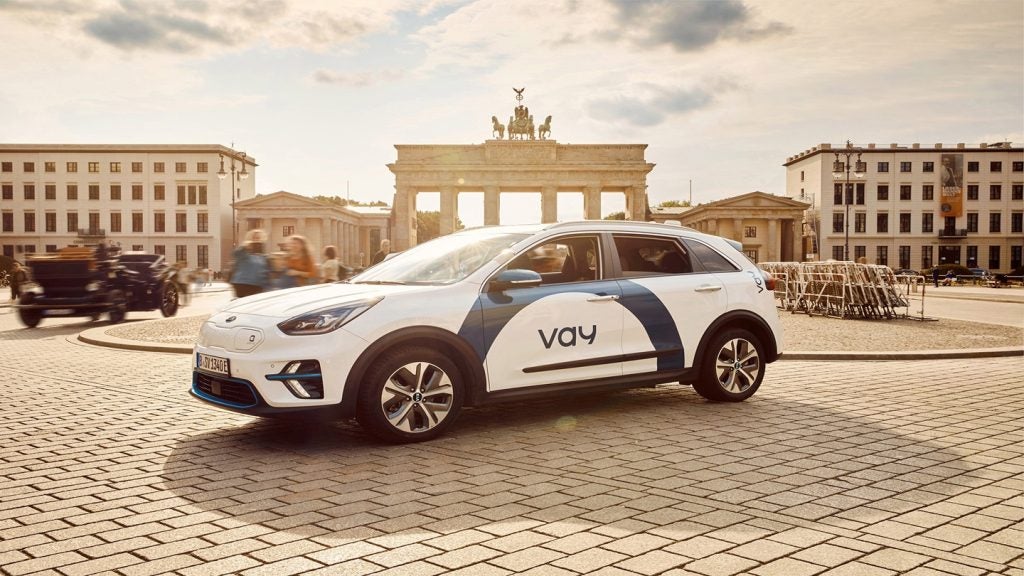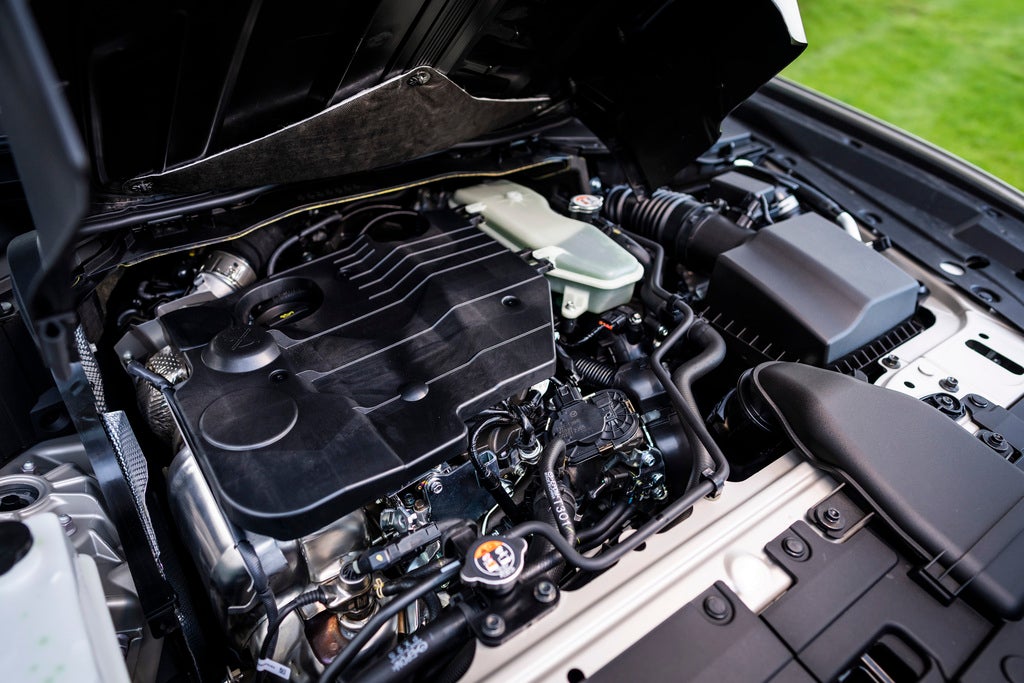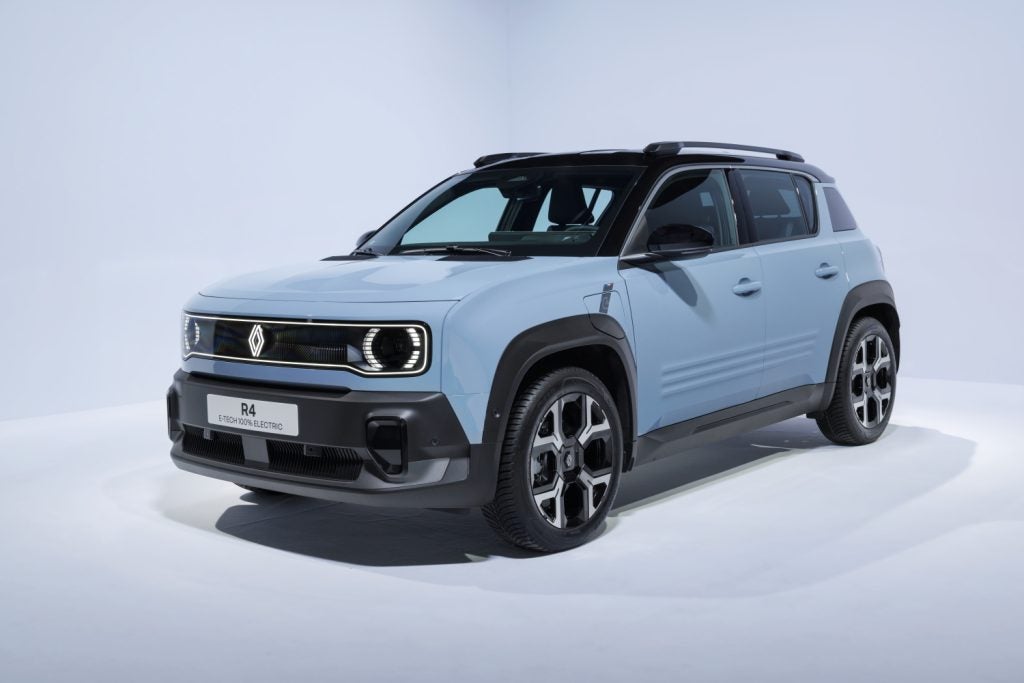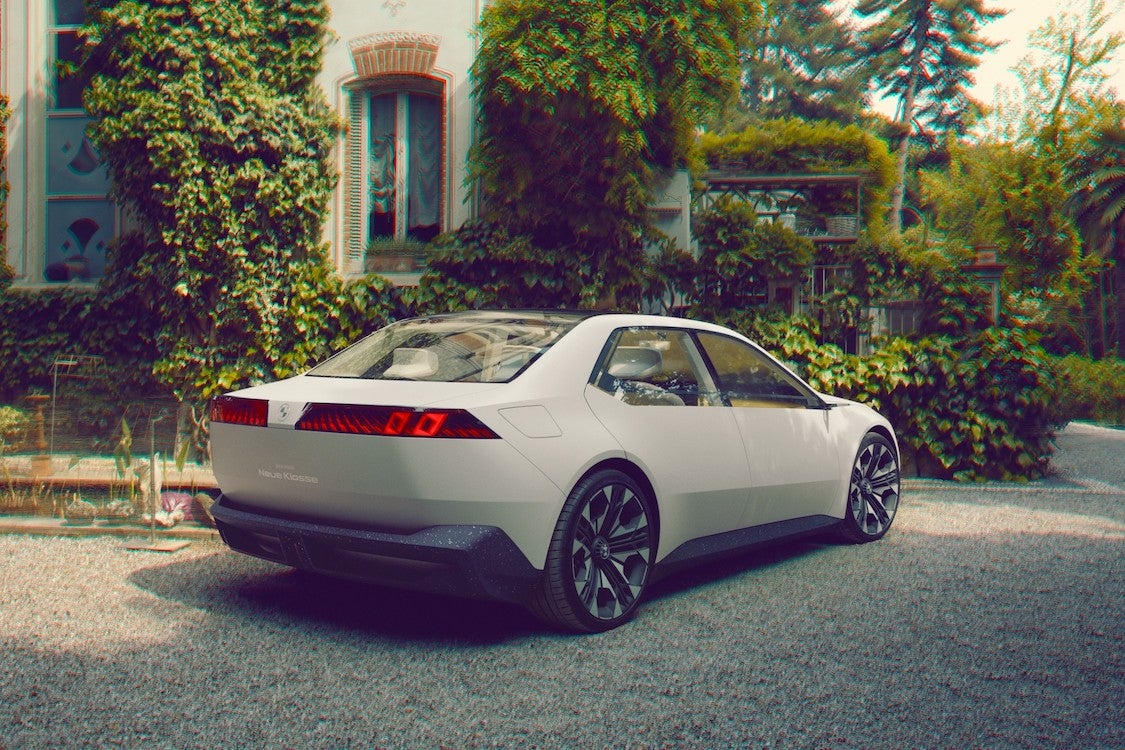
Of the mass-volume makes specialising in premium-priced vehicles, BMW is second only to Audi in Europe, holding a six percent share of the giant regional market. Positioned fourth overall (VW remains number one with Toyota second), the Munich-based brand may trail the four-rings brand but it’s ahead of Mercedes, an achievement it should be especially proud of. Add Mini’s numbers to the mix and the Group tranche rises to 7.3 per cent (ACEA data for October 2023), also lifting it ahead of Toyota-Lexus.
To remain in such a position of strength, BMW AG is calculating that it will need a two-speed approach, not just for future powertrains but platforms too. And then there is the company’s alliance with Great Wall Motor for electric Minis. As well as as sports car and fuel-cell agreements with Toyota.
Inevitably, further partnerships will right now be at the exploration stage as this rich but only medium-sized OEM casts about for win-win deals. These it will need to assist with the development of many cars for the 2030s. And not every model will be an EV, as this report illustrates.
Mini
Looking first at the smaller of the company’s two divisions to have its headquarters in Munich, Mini is about to begin rolling out what amounts to a revolution.
Originally famous for its range of tiny cars, no model of that size has existed during the decades of BMW ownership. And a return to the sub-3.5m long segment seems unlikely any time soon. Instead, the B segment remains Mini’s base: all models have become bigger as new ones are added and older ones replaced.
How well do you really know your competitors?
Access the most comprehensive Company Profiles on the market, powered by GlobalData. Save hours of research. Gain competitive edge.

Thank you!
Your download email will arrive shortly
Not ready to buy yet? Download a free sample
We are confident about the unique quality of our Company Profiles. However, we want you to make the most beneficial decision for your business, so we offer a free sample that you can download by submitting the below form
By GlobalDataThe J01 series Cooper, which will henceforth be the new name for every three-door, five-door and convertible Mini, will start off as electric-only. The first body premiered at the Munich motor show in September and this three-door car is to be initially manufactured solely in China. The platform is a fresh architecture co-developed with GWM as part of the companies’ Spotlight Automotive alliance.
Buyers are being offered the choice between 40.7 kWh and 54.2 kWh batteries, along with a pair of motors. Outputs are either 135 kW and 290 Nm or 160 kW and 329 Nm. Cars with the larger capacity pack and more powerful motor will be designated with an SE badge.
Not every buyer in every region is ready to go EV though and so BMW is retaining its own FAAR platform, suitably updated for a new line of IC-powered Minis. These will be manufactured at the brand’s traditional Cowley base northwest of London. Petrol-fuelled cars will also be slightly bigger than the EVs and while similar looking, differences will be apparent close-up. New FAAR-based editions of the convertible and five-door models will also be made at the historic site.
BMW itself may not yet know how long it will build liquid-fuelled models at what is officially called Plant Oxford. Yet even if many markets take half a decade or more to go mainstream-electric, the Group will be ready with whichever propulsion system is most in demand. Thus buyers in the Americas, Africa, Australasia and the Middle East will have a choice, potentially right up to a self-imposed deadline of 2030. Which is when BMW says it will cease to offer ICE Minis.
Cowley will start making the first of two EVs in 2026. The Cooper line of cars is to be joined by a second electric vehicle, that being the yet to be revealed Aceman. Named after a concept from 2022, this larger car will be revealed in April (2024).
Positioned above the new smallest models, the Aceman can be considered a successor for the Clubman. It’s unlikely though to have that model’s side-hinged tailgate doors. Rather, this should be a 4.3 m long crossover with a conventional tailgate. Spotlight Automotive’s Zhangjiagang base in eastern China will also build the Aceman.
Mini’s only other model is the Countryman. A new generation premiered alongside the electric Cooper at the IAA Munich Mobility show. This 4,333 mm long SUV not only has an identical architecture to BMW’s new X1 and iX1, it is to be manufactured in the same factory: Plant Leipzig.
Countryman ICE variants will go on sale first, these mild hybrids being powered by three- and four-cylinder petrol/diesel engines. Sales are due to commence in February. Model grades will be C, S ALL4 and JCW ALL4, with these set to be supplemented by the two EVs – E and SE ALL4 – later in 2024.
BMW
Mini might be in the midst of a major renewal of its line-up but don’t think for a moment that the launch cadence of BMW models is being slowed. Quite the opposite, as a matter of fact. A new 5 Series is now in dealerships, with the i5 (electric) expected to account for as much as half of total volume, at least in Europe. The Touring is yet to be seen but it arrives early next year.
One size up, the 7 Series is still fresh from its launch in 2022 so we’re about three years away from facelifts for G70 and its i7 derivative. BMW will probably launch the eighth generation in 2029/2030 with solid-state batteries for what could well be an electric-only car. A hydrogen fuel cell ‘7 will surely be available too.
The other traditional sedan model in the BMW family is up for replacement in 2025. Although the company previewed what is understood to be a guide towards this car’s shape just a few months ago (see image), generation eight will not be electric-only.
Officially, what has been termed a ‘3 Series-sized EV’ will go into production within the next two years at Plant Debrecen, a new facility. It is presently unclear if this car directly replaces the 3 Series (as previewed by the Concept Neue Klasse at the Munich IAA in September). It might well be that the i3 (NA0 is the sedan’s code with NA1 for the Touring in 2026) will be made in Hungary with ICE 3 Series cars built in Munich.
A few months after the launch of the i3/3 Series estates, another model to be part of the Neue Klasse family should make its debut. This, the successor for the iX3 and X3, is expected to follow a similar manufacturing pattern, with the EV built in Hungary and the liquid-fuel cars sourced from Germany. Of course, as with i3/3 Series, there will be production in China too. And with today’s X4 being something of a sales disappointment, BMW will probably make the successor electric only (‘iX4’) in 2026. The code for this Neue Klasse vehicle is said to be NA7.
Staying with SUVs, roughly one year after the arrival of the iX4, we should expect an iX5 as well as an X5. Unlike NA7, the larger SUVs – again to be made in the USA and China – are CLAR (Cluster Architecture) vehicles. This tried and tested platform will be suitably evolved for new and next generation electronics and powertrains.
Also based on CLAR, the future X6 and iX6 are presently penciled in to arrive during the fourth quarter of 2027. Not forgetting the X7 and a future iX7, these are understood to be due for launch some six to nine months ahead of the X6 and iX6.
Back in the here and now, the current X1 was new in 2022, so it won’t be due a successor until 2029 and that will be solely in iX1 (i.e. electric) form. The related iX2 will lag that introduction by about a year.
U10, the new X2, plus the iX2, were revealed in October but won’t be in production (Regensburg) until Q1. The first plug-in version will be the iX2 xDrive30. It will have a 64.8 kWh battery and a motor at either end of the wheelbase, these producing a combined 230 kW and 494 Nm.
A note on powertrains: despite Spartanburg being BMW’s largest vehicle plant worldwide, there has never been any manufacture of engines in the USA (though ZF sends automatic transmissions there, built at its nearby Gray Court plant). And while the final IC powerplant to be built in Germany, a 4.4-litre V8, was recently produced in Munich, Group engines will continue to be made in Steyr (Austria), Hams Hall (England) and Shenyang (China) for many years to come.



